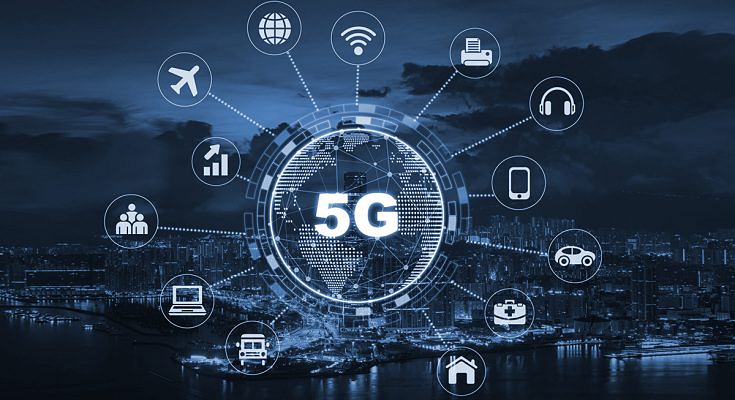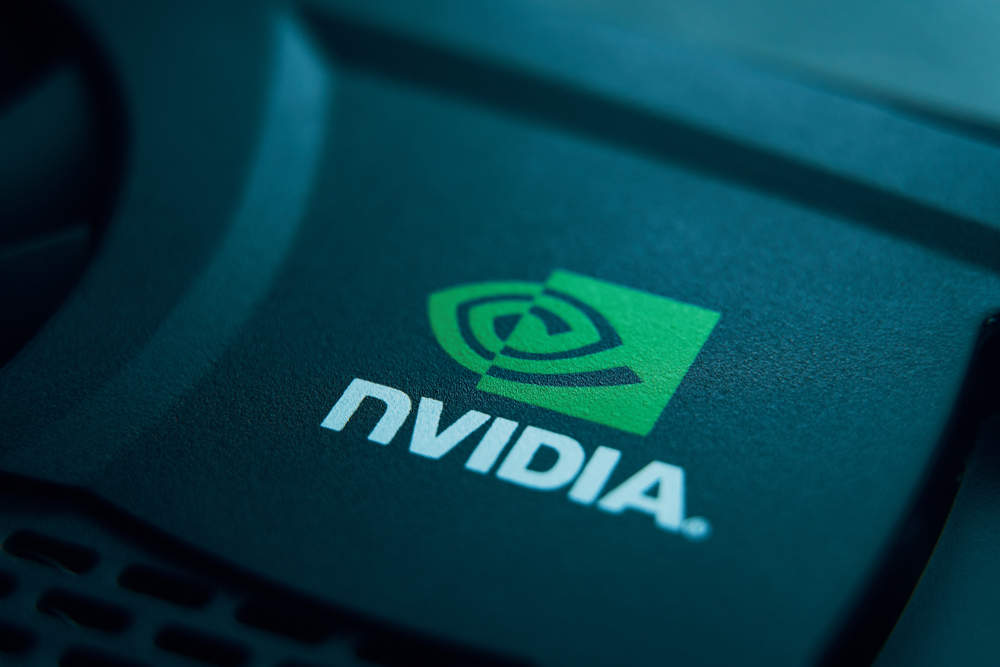Remember when 5G was supposed to change everything? We were promised lightning-fast downloads, revolutionary smart cities, and technology so advanced it would make our current internet feel like dial-up. Well, here we are, years into the 5G rollout, and most of us are still squinting at our phones wondering if we’re actually getting anything different from good old 4G LTE.
Don’t get me wrong—5G isn’t a complete flop. But the gap between what we were sold and what we’re actually experiencing feels wider than the Grand Canyon.
The Promise vs. Reality Check
Back in 2019 and 2020, telecom companies painted a picture of 5G that sounded straight out of science fiction. We’d download entire movies in seconds, surgeons would perform remote operations with zero latency, and autonomous vehicles would communicate seamlessly with smart infrastructure. The marketing materials showed gleaming cityscapes where everything was connected, efficient, and blazingly fast.
Fast forward to today, and the reality is a lot more… mundane. Sure, when you hit that sweet spot with good 5G coverage, speeds can be impressive. But for most people, most of the time, the experience feels incrementally better at best. Sometimes it’s actually worse, especially when your phone keeps switching between 5G and 4G networks like it can’t make up its mind.
The Coverage Problem Nobody Talks About
Here’s what the glossy ads don’t tell you: 5G coverage is still embarrassingly patchy. Those mind-blowing speeds you hear about? They usually require you to be standing practically next to a cell tower in a major metropolitan area. Venture into suburbia, let alone rural areas, and you’re back to playing the “can you hear me now?” game.
The infrastructure buildout has been slower and more expensive than anyone anticipated. Installing 5G requires way more cell sites than 4G because the higher frequency signals don’t travel as far and have trouble penetrating buildings. That means more towers, more permits, more neighborhood fights about cell tower placement, and ultimately, more delays.
Even in cities where carriers claim robust 5G coverage, the experience can be wildly inconsistent. Walk into a building, and your blazing 5G connection might drop to something barely faster than 3G. It’s like having a Ferrari that only works on one specific stretch of highway.
The Battery Life Betrayal
Nobody warned us that 5G would turn our phones into battery-hungry monsters. Early 5G phones were notorious for dying by lunch, and while battery technology has improved, 5G still drains power faster than 4G. There’s nothing quite like watching your battery percentage drop while you’re supposedly enjoying the “future of connectivity.”
Phone manufacturers have gotten better at managing this with more efficient chips and bigger batteries, but it’s still a trade-off many users notice. When your phone is constantly searching for 5G signals or switching between networks, it’s working overtime—and your battery pays the price.
Where Are All Those Killer Apps?
The most disappointing aspect of 5G might be the lack of compelling use cases for regular consumers. We were promised applications that would be impossible without 5G’s speed and low latency. Instead, most of us are using 5G to do exactly what we did with 4G: scroll social media, stream videos, and send messages.
The transformative applications—like widespread AR experiences, cloud gaming without lag, or real-time collaboration tools that feel magical—remain largely theoretical for most users. Netflix still looks pretty much the same whether you’re on 4G or 5G. Instagram loads about as fast as it did before. The revolutionary change in user experience just isn’t there yet.
The Enterprise Promise Is Taking Forever
Business applications were supposed to be where 5G really shined. Smart factories, autonomous vehicles, remote surgery, massive IoT deployments—these were the use cases that justified all the investment and hype. But enterprise adoption has been slower than expected, partly because businesses are conservative about adopting new technology and partly because the supporting ecosystem isn’t quite ready.
Those smart city initiatives that were supposed to be everywhere by now? Most are still in pilot phases or limited trials. The autonomous vehicle revolution that required 5G connectivity? Still waiting for both the cars and the infrastructure to mature simultaneously.
It’s Not All Doom and Gloom
To be fair, 5G isn’t a complete disappointment. When it works well, it really does deliver impressive speeds. Network slicing and edge computing capabilities are starting to enable new applications, even if they’re not consumer-facing yet. And the technology is still evolving—we’re not even close to maxing out what 5G can theoretically do.
The problem isn’t that 5G is bad technology. It’s that the hype machine got so far ahead of the practical reality that disappointment was almost inevitable. We were sold a vision of the future that required not just better networks, but also new devices, new applications, and new infrastructure all coming together perfectly.
The Real Timeline Was Always Longer
Perhaps the biggest lesson here is that transformative technology takes time—more time than marketing departments want to admit. 4G didn’t revolutionize mobile internet overnight either. It took years for developers to create apps that truly took advantage of faster, more reliable connections. Instagram, Uber, and mobile video streaming all emerged well after 4G networks were established.
5G will probably follow a similar pattern. The killer applications that justify all this infrastructure investment are likely still being developed. The truly transformative use cases might not emerge until we have ubiquitous coverage, more efficient devices, and creative developers who figure out what’s actually possible with this technology.
What This Means Going Forward
For consumers, the advice is simple: don’t feel like you’re missing out if your 5G experience feels underwhelming. You’re not alone, and you’re not doing anything wrong. The technology is still maturing, and the most compelling applications are probably still being invented.
For the industry, the lesson might be about managing expectations better. Overpromising and underdelivering erodes trust and makes people skeptical of the next big technological leap. 6G is already being discussed in research circles, and hopefully, the industry has learned something about balancing ambition with realistic timelines.
5G will eventually live up to much of its promise, but it’s going to take longer than anyone initially admitted. In the meantime, we’re all just living in that awkward period between the hype and the reality—checking our phones to see if we’re actually connected to 5G and wondering if it’s really making any difference.

With over 6 years of experience in the blogging world, I specialize in crafting engaging, informative, and SEO-optimized content across various niches including tech, digital trends, and online monetization. I thrive on staying ahead of industry trends, experimenting with new content strategies, and helping others grow their digital presence.



